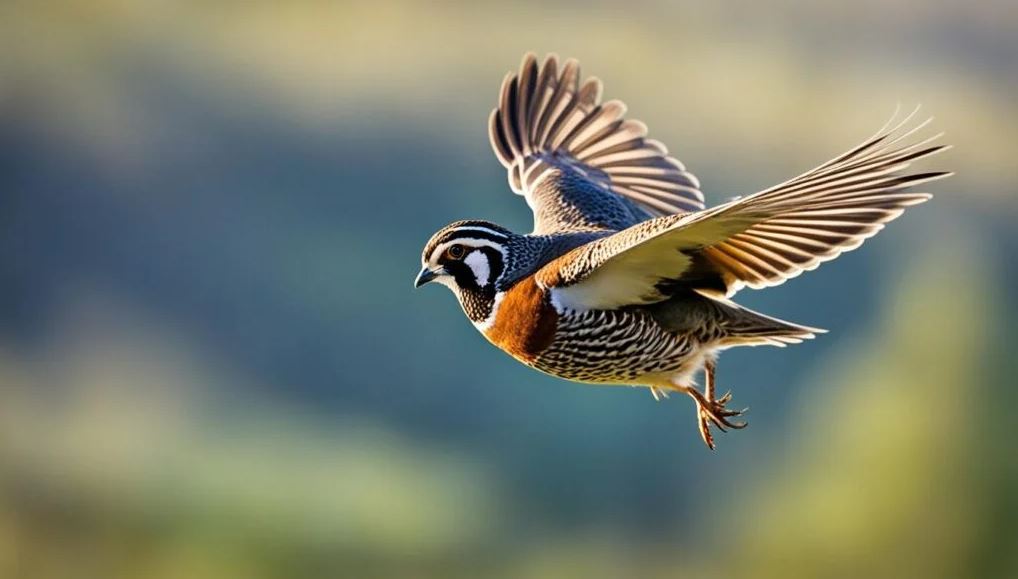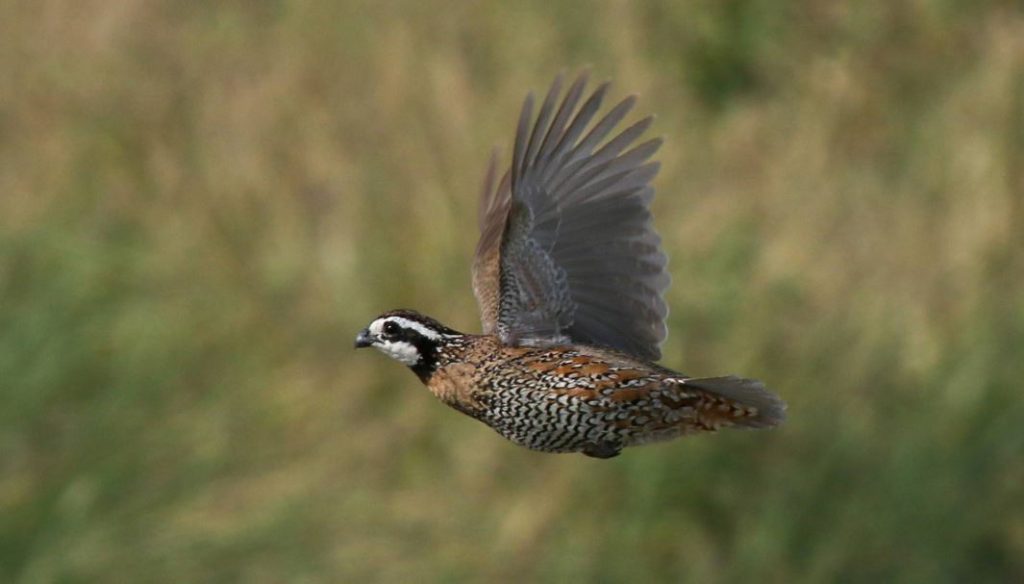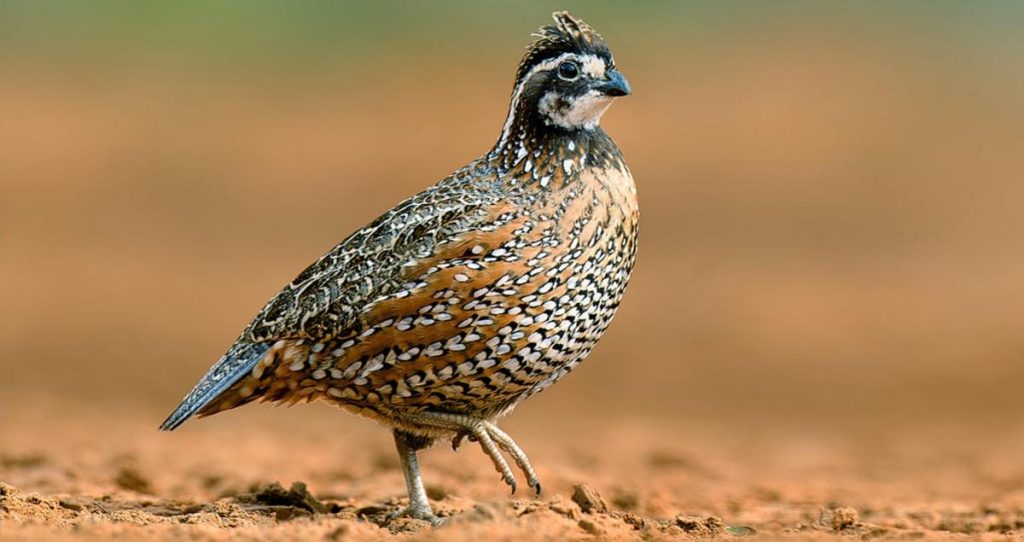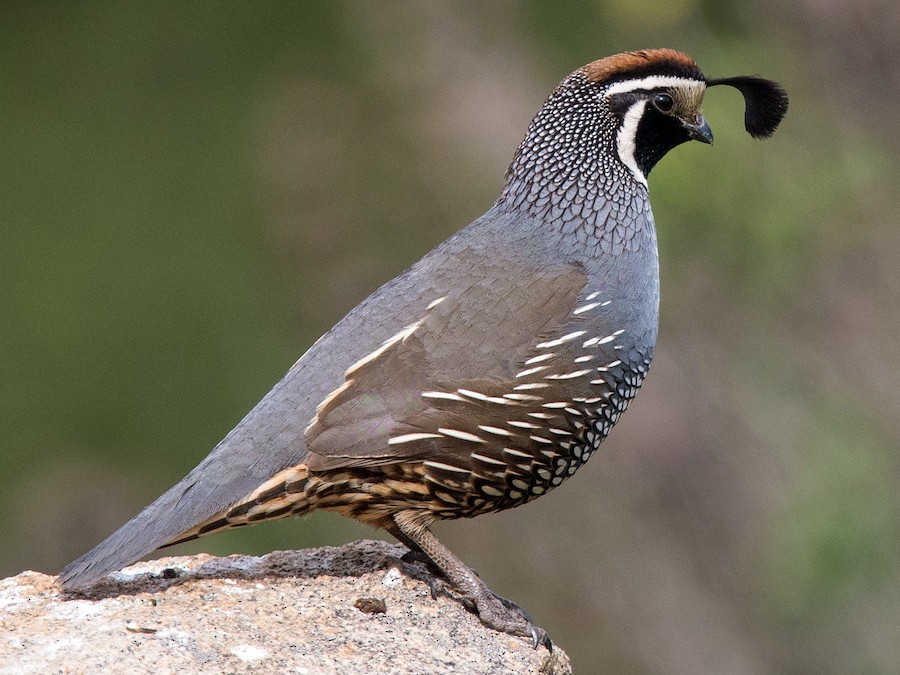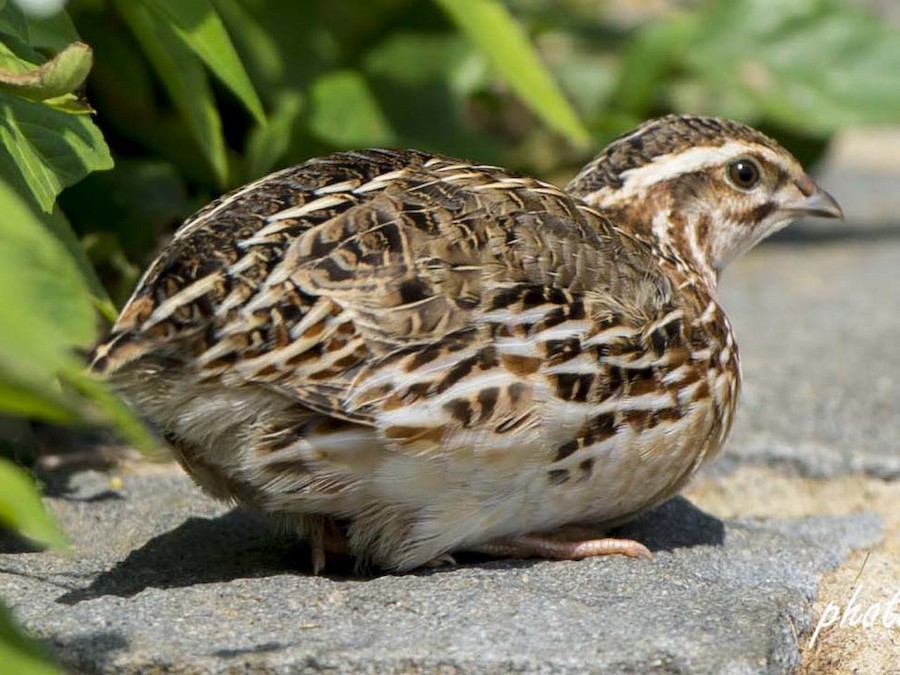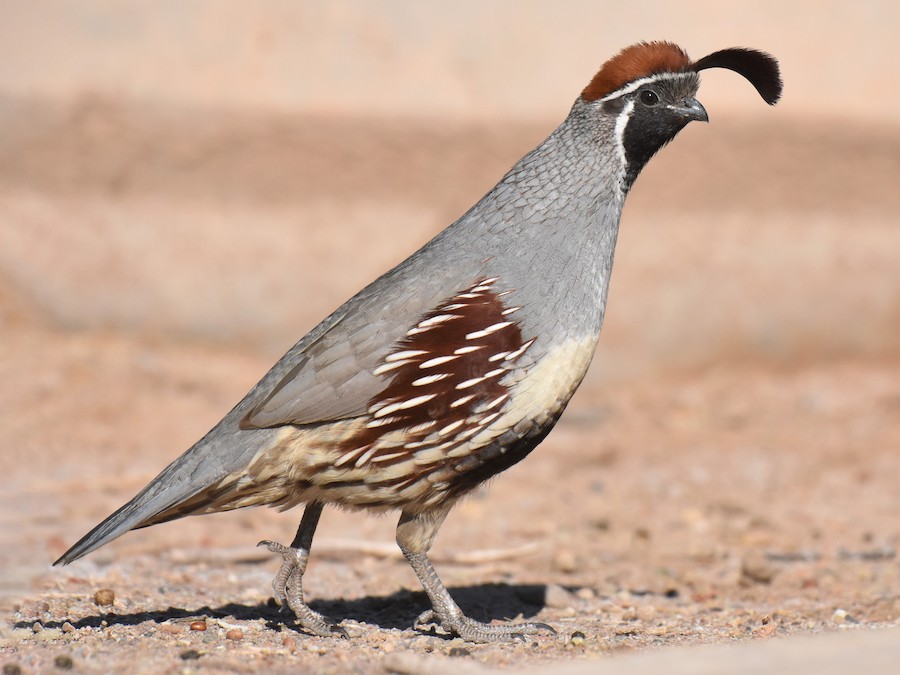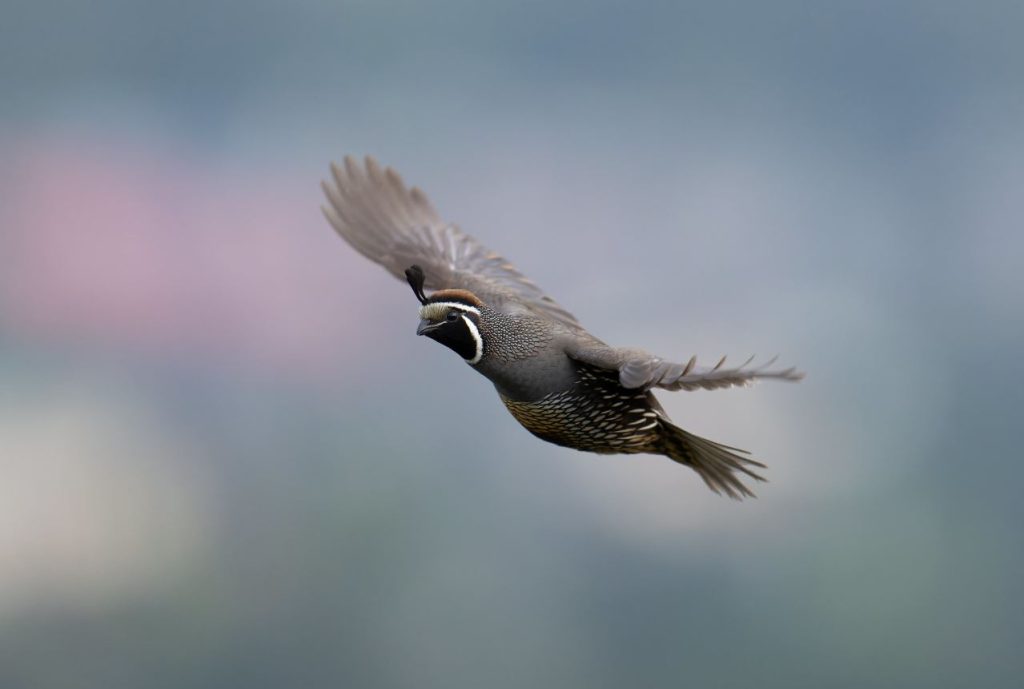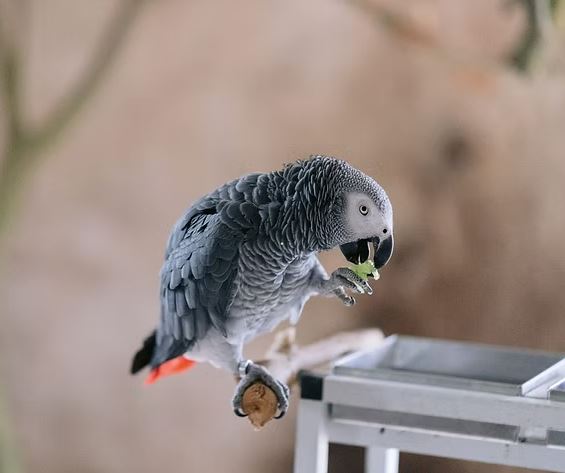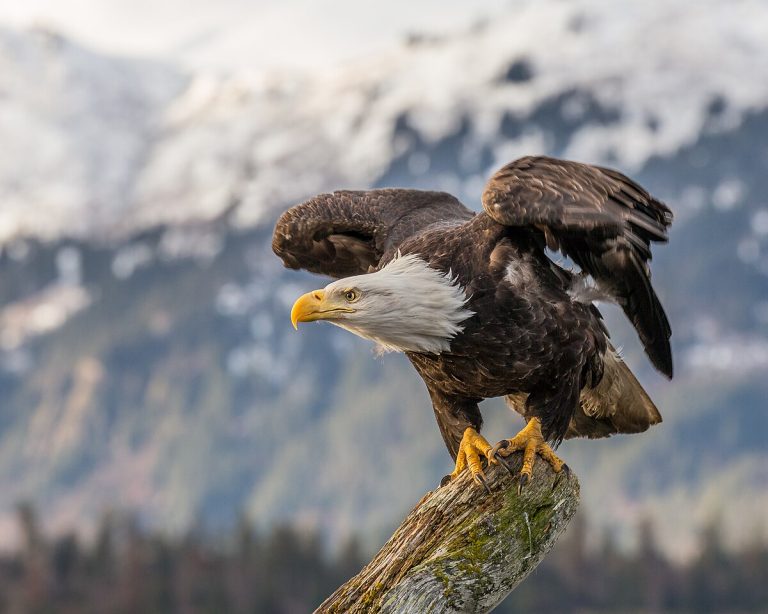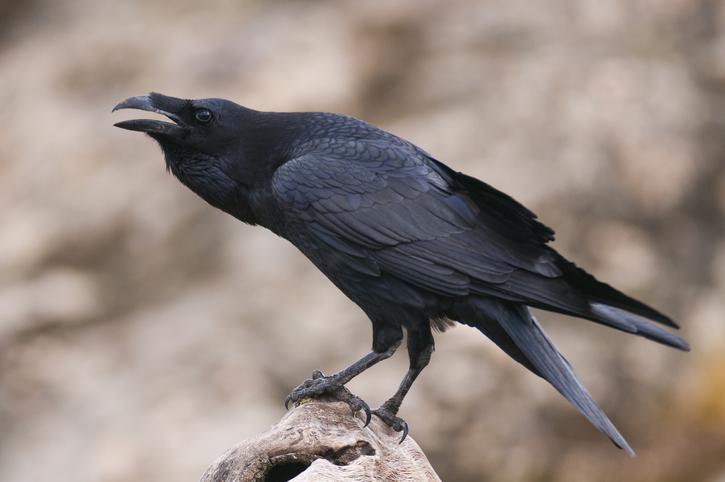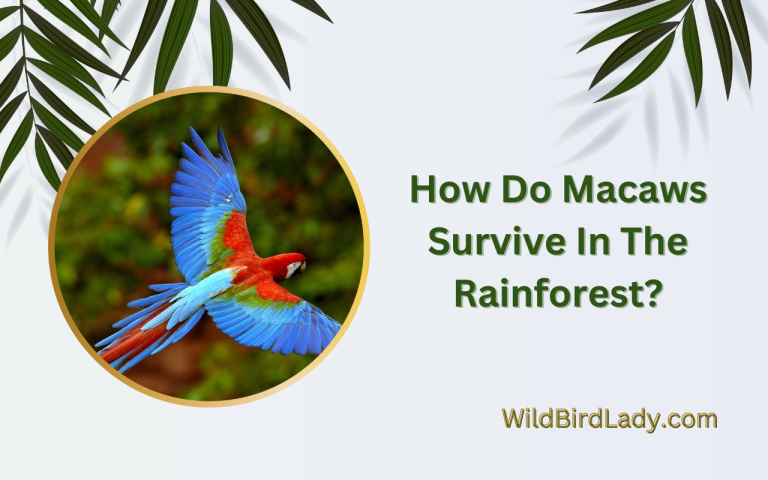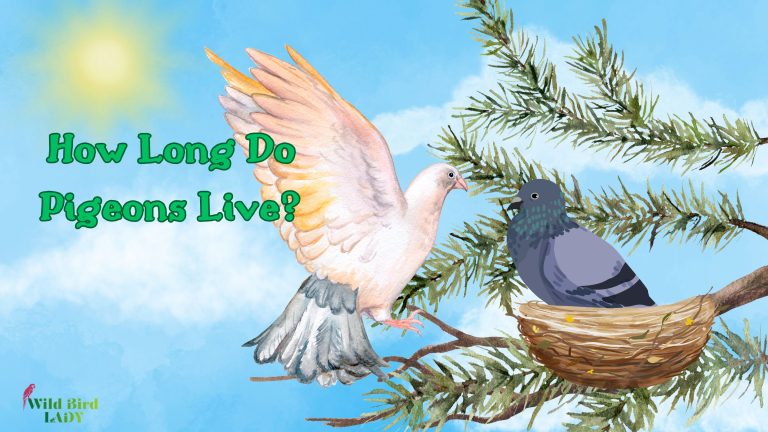Can Quails Fly? The Truth About These Ground-Dwelling Birds
By Rifat Ahmed – Birdwatching Expert (13+ Years of Experience)
If you’ve ever startled a quail in the wild, you’ve probably witnessed it explode into flight with a surprising burst of energy—only to settle back down after just a few seconds. This brief, almost panicked flight often leads people to wonder: can quails really fly? Or are they like chickens—mostly grounded?
In this comprehensive guide, I’ll explain the truth about quail flight: which species fly and how well, when they do it, and why they usually prefer to walk or run. Whether you’re a backyard birder, homesteader, or simply fascinated by these plump little birds, you’re about to discover everything you need to know about quail flight behavior.
Quick Answer: Can Quails Fly?
Yes, quails can fly—but not like most birds you’re used to. Quails are capable of short bursts of flight (often called “flushes”) to escape predators or reach roosting sites. However, they are primarily ground-dwelling birds and rarely stay airborne for long. Their flight is brief, explosive, and low to the ground.
According to the Cornell Lab of Ornithology’s All About Birds, Northern Bobwhites (a common North American quail) are “strong but short-distance fliers” that usually only take flight when startled.
Why People Think Quails Can’t Fly
The misconception that quails can’t fly likely stems from their behavior. Most people observe quails walking, running, or darting into shrubs rather than soaring through the air.
Here’s why they seem so grounded:
- Ground Nesters: Quails build nests on the ground and spend much of their lives foraging among grasses and shrubs.
- Stocky Bodies: Their compact bodies and short wings aren’t built for soaring like hawks or migrating like swallows.
- Startling Flight Patterns: Their typical flight is sudden and erratic, lasting just a few seconds before they land again.
The Anatomy Behind Quail Flight
Quails are anatomically built for short, powerful bursts of flight—not endurance gliding. Their wings are short and rounded, built for maximum thrust over short distances.
Key flight-related features of quail anatomy:
- Powerful Breast Muscles: Despite their size, quails have strong pectoral muscles to enable takeoff in emergencies.
- Short Wingspan: Most quail species have a wingspan of just 9 to 15 inches, depending on species.
- Heavy Body-to-Wing Ratio: Their relatively heavy bodies mean they can’t glide far without flapping continuously.
This wing-to-body ratio makes them highly agile for quick vertical launches but poor at sustained flight.
How Different Quail Species Fly
There are over 130 species of quail worldwide, and their flight capabilities vary slightly depending on habitat and genetics. Let’s look at a few common species:
1. Northern Bobwhite (Colinus virginianus) – North America
- Flight Style: Low, fast, and straight-line flight over short distances.
- Typical Flight Range: 100–200 feet when flushed.
- Fun Fact: They often fly only when threatened and quickly drop into dense cover.
All About Birds notes that Bobwhites are “strong fliers” but will only fly when absolutely necessary.
2. California Quail (Callipepla californica) – Western U.S.
- Flight Style: Explosive upward bursts, followed by gliding into trees or thickets.
- Typical Flight Range: Around 150 feet.
- Fun Fact: California Quails often use low trees or rooftops for roosting, requiring some vertical flight ability.
3. Japanese Quail (Coturnix japonica) – Domesticated/Asia
- Flight Style: Capable of vertical bursts but not strong horizontal fliers.
- Fun Fact: Due to domestication, many strains have reduced flight capabilities or none at all.
4. Gambel’s Quail (Callipepla gambelii) – Desert Southwest
- Flight Style: Short glides between shrubs or over low barriers.
- Typical Flight Range: Under 100 feet.
- Fun Fact: Prefer to run over flying, even when startled.
Wild vs. Domesticated Quail: Who Flies Better?
Flight ability is significantly reduced in domesticated quails, especially those bred in captivity for generations.
- Wild quails rely on flight to evade predators or reach roosting spots.
- Captive quails often lose the instinct to fly, especially if kept in enclosures with low ceilings.
- Many farmed breeds like Coturnix quail are bred for meat and eggs—not agility—so their flight ability is poor.
If you’re raising quail at home, don’t expect them to take off and disappear like a sparrow. Most need a push to even flutter upwards.
When Do Quails Choose to Fly?
Despite their limited aerial skills, quails do take to the air under certain circumstances:
1. Escaping Predators
When startled, quails perform what’s called a “flush”—a quick, vertical leap into the air followed by a rapid dash away.
2. Roosting
Some quail species roost in trees or on fences at night to avoid ground predators, requiring short vertical flight.
3. Crossing Obstacles
If there’s a fence, stream, or large bush in the way, quails may opt for a quick hop-flight to get over it.
4. Mating Displays
In some species, males will flutter upward briefly to show dominance or impress females.
How Far and How High Can Quails Fly?
Most quails are not built for distance. Here’s a general breakdown:
| Species | Max Distance | Max Height | Notes |
|---|---|---|---|
| Northern Bobwhite | ~200 feet | 5–10 feet | Horizontal dashes |
| California Quail | ~150 feet | Up to 10 feet | Can reach low trees |
| Japanese Quail | ~50–100 feet | 3–5 feet | Often poor fliers |
| Gambel’s Quail | ~100 feet | 5–6 feet | Prefers to run |
So while they can fly in a pinch, they rarely reach more than 10 feet off the ground and can’t fly long distances like migratory birds.
Predator Evasion and Survival Strategies
Quails rely on stealth and cover, not flight, as their primary defense.
Key Survival Behaviors:
- Camouflage: Their mottled brown feathers help them blend into the underbrush.
- Burst Flight: Sudden takeoff startles predators and buys them time.
- Running: Quails are surprisingly fast runners—up to 12 mph in short sprints.
- Group Behavior: Coveys (groups of quail) scatter in all directions when threatened, confusing predators.
So while flight is part of their escape arsenal, it’s not their go-to move unless absolutely necessary.
Raising Quail: Do You Need to Worry About Escapees?
If you’re raising quails in your backyard or homestead, you may wonder whether they can fly away.
Here’s what you should know:
- Yes, they can fly—but usually won’t.
- Most domestic quails lack the stamina or instinct to fly far.
- Low enclosures (18–24 inches) are enough to contain them in most cases.
- That said, a startled quail can shoot upward and injure itself on ceilings or netting. Sloped or padded ceilings are recommended.
- If you’re releasing quail for game or conservation purposes, remember that wild-released quails need to be trained to fly and survive.
FAQs About Quail Flight
Q: Can quails fly long distances like migrating birds?
A: No. Most quail species can only fly short distances—typically under 200 feet. They are not migratory birds.
Q: Do quails sleep in trees?
A: Some species, like the California and Gambel’s quail, occasionally roost in low trees or shrubs, but most sleep on the ground.
Q: Can baby quails fly?
A: Not at first. Most quail chicks take 2–3 weeks before they can flutter and 5–6 weeks before they fly short distances.
Q: Are quail good fliers in captivity?
A: Not really. Domesticated quail often lose their flight instincts and may not be able to fly effectively.
Q: Why do quails fly straight up when startled?
A: This is a panic response called “flushing” to disorient predators and make a quick escape.
Final Thoughts
So, can quails fly? Absolutely—but only when they have to.
These birds are built for survival on the ground, with flight being a last resort. Whether you’re watching a covey dart through tall grass or raising a few Coturnix in your backyard, remember: their power is in their legs and instincts—not their wings.
As noted by the Cornell Lab’s All About Birds, “quail flight is best described as short, explosive, and survival-driven.”
Whether in the wild or your backyard, understanding quail flight is key to appreciating these underrated ground dwellers—and ensuring their safety.
Read also: How Long Do Quails Live? Tips to Help Them Live Longer and Healthier Lives

